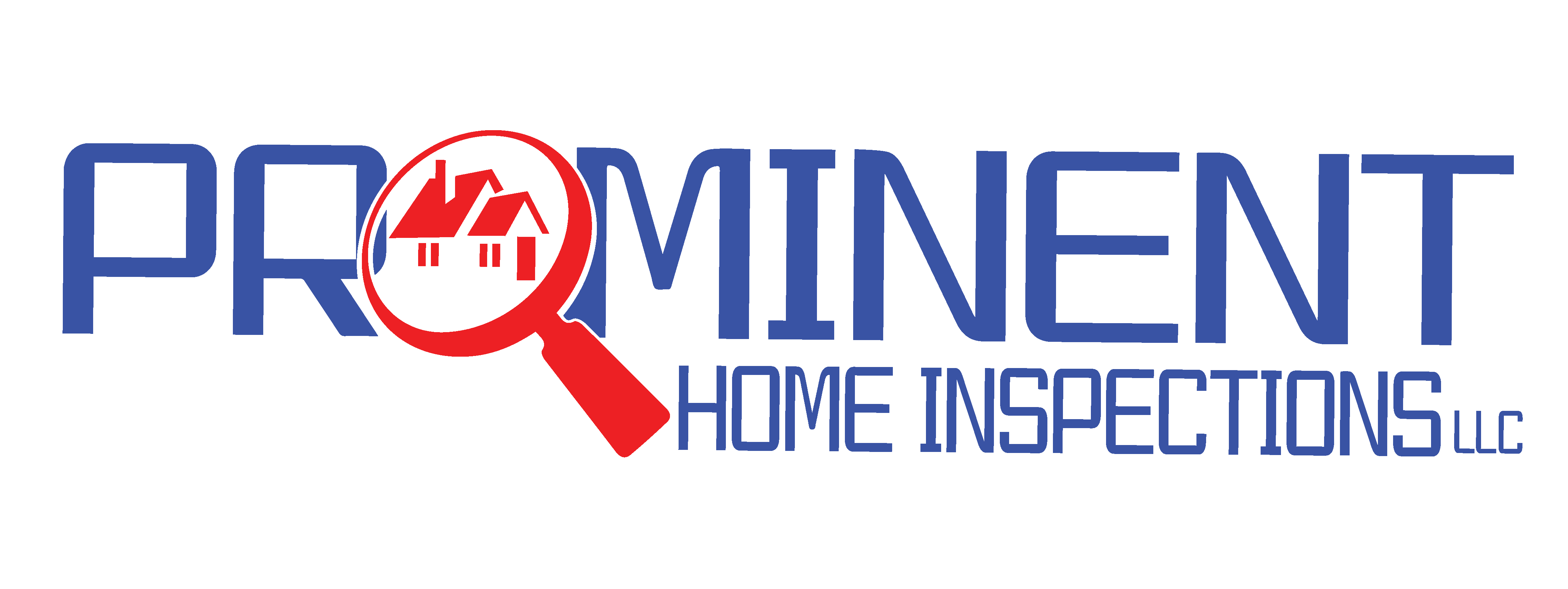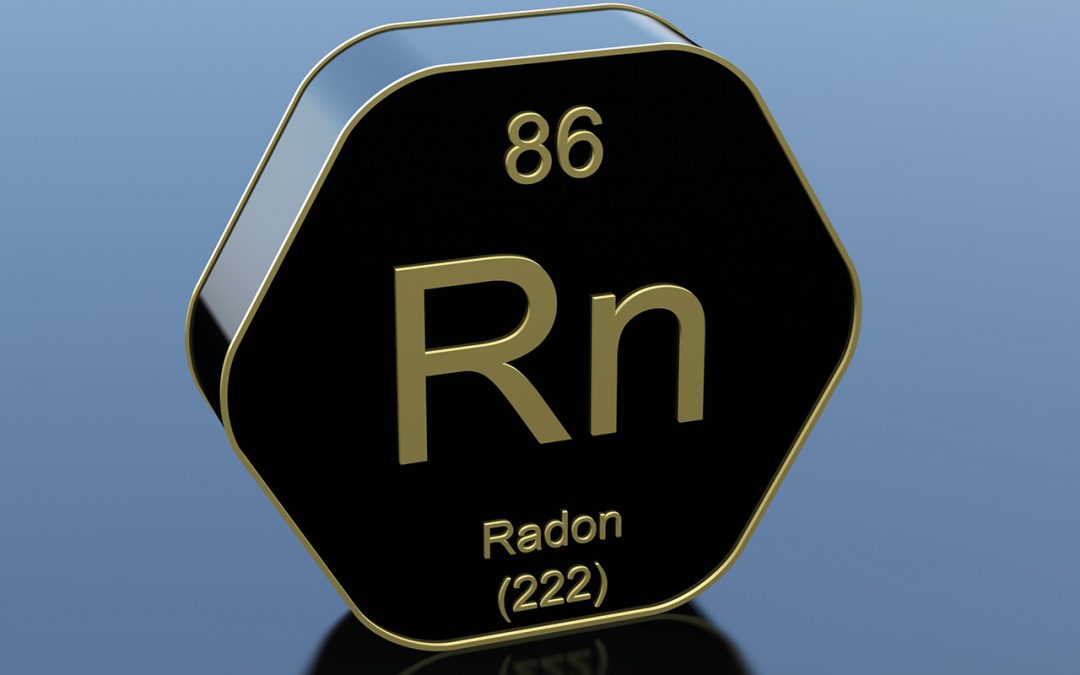Why It’s Important to Know About High Radon Levels in Your Home
Most of us spend a good amount of time inside our homes sleeping, eating, completing projects, and relaxing. Because of this, it’s important that your indoor air is safe and clean for your family to breathe. This article explains why you should get your home tested for radon and what to do about high radon levels.
Why is Radon a Problem?
Radon is a natural gas found in homes throughout the United States. While traces of radon are harmless, it turns into a problem when radon gas becomes trapped in a home and accumulates to dangerous levels.
When a person breathes high levels of radon over a long period of time, it harms the lungs and can even cause lung cancer. In fact, second to smoking, radon is the main cause of lung cancer in the United States. Radon can also be found in well water. Some studies have shown a link to drinking radon-tainted water and stomach cancer.
What Are Considered High Radon Levels?
The EPA’s action level for radon is 4 picocuries per liter (4pCi/L) or greater. This means that the risk of radon-related health issues is greater at this level. January is National Radon Action Month, so it is the perfect time to find out if your home has high radon levels and take action if it does.
My Home Tested High For Radon. What Should I Do?
Luckily, if you do have high radon levels, it doesn’t mean you need to move out of your home. The inspector who performs your radon test can recommend a radon mitigation company to install a mitigation system and fix the areas where radon is entering the home. The radon mitigation process will bring the high radon levels down to a safe level.
Prominent Home Inspections provides radon testing for homes and schools in Northern New Jersey. Contact us to book an appointment.

